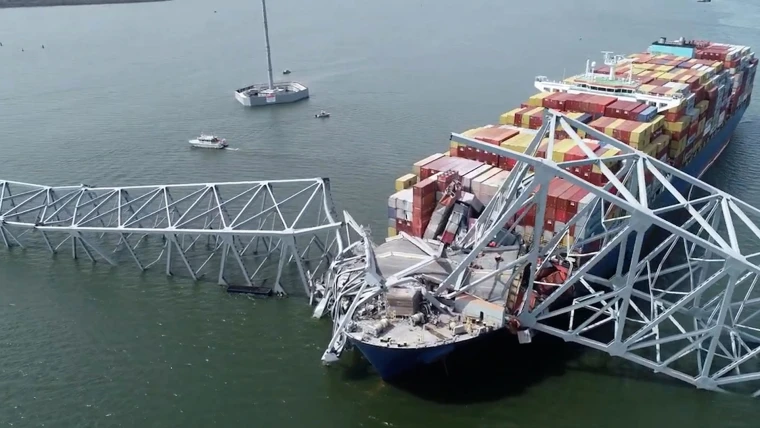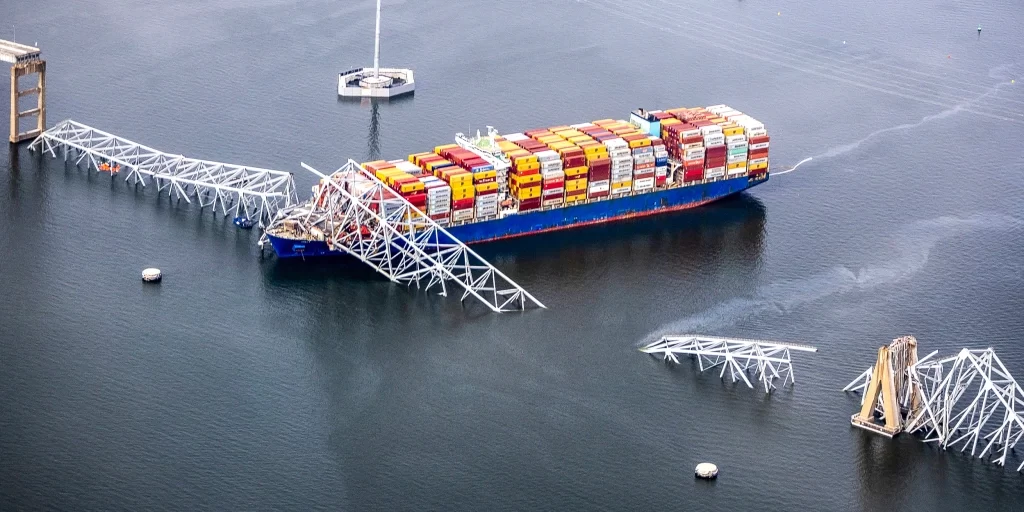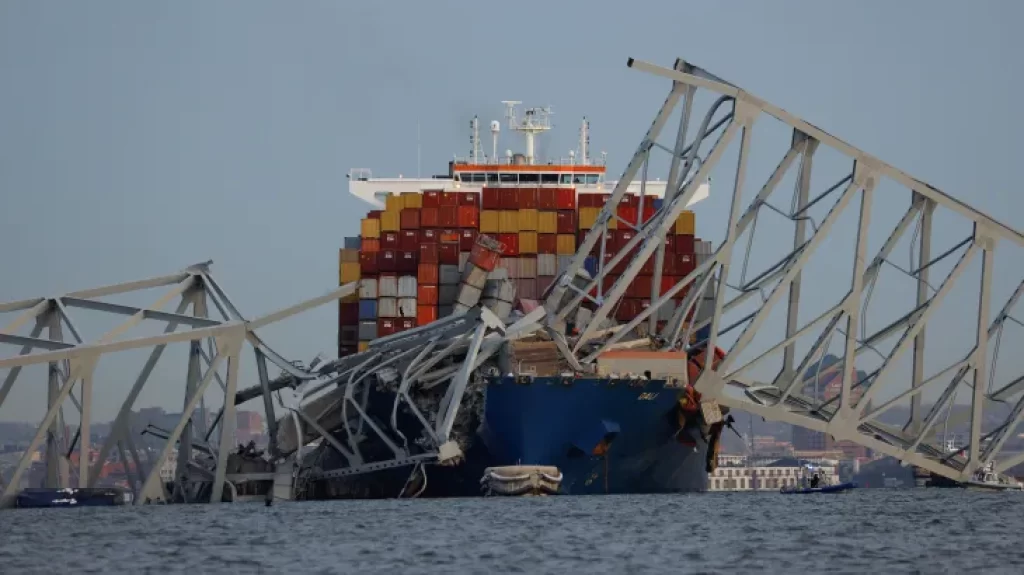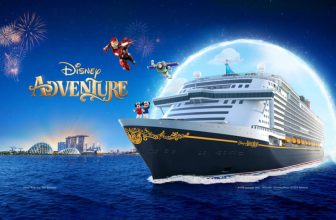
Early on Tuesday (Mar 26), Baltimore’s Francis Scott Key Bridge collapsed when a container ship collided with a pylon, resulting in six individuals falling into the frigid water below and being presumed dead. Following the ship’s Mayday call, authorities prohibited bridge usage, a measure credited by Maryland’s governor for saving lives.
It could take a significant amount of time before one of the busiest ports on the US Eastern Seaboard can resume operations.

WHAT HAPPENED IN BALTIMORE?
In the early hours of Tuesday, the container ship named the Dali was navigating down the Patapsco River towards Sri Lanka, when at 1:24 am, it experienced a complete power failure resulting in the loss of all lights onboard. Shortly after, at 1:27 am, the ship collided with a pylon of the bridge, causing significant damage to the structure, which collapsed into the water.
Maryland Governor Wes Moore stated that the bridge was in compliance with regulations and had no known structural issues.
Authorities confirmed that there was no evidence of terrorism involved in the incident.
WHY DID THE BRIDGE COLLAPSE?
Engineers have indicated that the collapse of the metal truss-style bridge was influenced by its suspended deck design. The ship’s impact seemed to target a primary concrete pier, crucially situated on submerged soil and forming part of the foundation.

ARE THERE ANY CASUALTIES?
According to Maryland state police, six individuals are missing and presumed deceased following the bridge collapse. Two people were rescued, with one escaping unharmed and another sustaining critical injuries.
The incident occurred while a construction crew was repairing potholes on the bridge, resulting in eight individuals falling approximately 56 meters into the river, where water temperatures were 8 degrees Celsius.
Research conducted for the Federal Aviation Administration suggests that 8 degrees Celsius is the upper limit of survivability for a human falling into water.
Maryland Governor stated that lives were saved by preventing vehicles from using the bridge after the ship issued a mayday call. Additionally, the ship deployed its anchors in an attempt to avoid the collision.
WHAT DO WE KNOW ABOUT THE SHIP THAT WAS INVOLVED?
The Dali was departing from Baltimore bound for Colombo, Sri Lanka.
According to Synergy Marine Group, the ship’s manager, all 22 crew members, including two pilots, have been located, and there were no reported injuries.
Data from LSEG indicate that the registered owner of the Singapore-flagged ship is Grace Ocean Pte Ltd. The vessel measures 289 meters in length, equivalent to the length of three football fields placed end to end, and was heavily laden with containers.
The ship has a maximum capacity of 10,000 twenty-foot equivalent units (TEU) for cargo, but at the time of the incident, it was carrying 4,679 TEU.
In a previous incident in 2016 at the port of Antwerp, Belgium, the same ship collided with a quay while attempting to leave the North Sea container terminal.
During an inspection conducted in June 2023 in San Antonio, Chile, the vessel was found to have deficiencies in its propulsion and auxiliary machinery, as per data available on the Equasis website, which provides ship information.
Despite these findings, the vessel passed two foreign port inspections in 2023. The Maritime Port Authority of Singapore (MPA) noted that a faulty fuel pressure monitor gauge was fixed before the ship left the port.
MPA confirmed that the ship possessed the necessary certificates verifying its structural integrity and equipment functionality at the time of the Baltimore accident.
WHAT DO WE KNOW ABOUT THE BRIDGE THAT COLLAPSED?
The Francis Scott Key Bridge was one of the three main routes to cross the Baltimore Harbor, accommodating around 31,000 vehicles daily or approximately 11.3 million vehicles annually.
This steel structure spans four lanes and stands at a height of 56 meters above the river.
Opened in 1977, the bridge crosses the Patapsco River, a historic site where Francis Scott Key, the author of the US national anthem, “The Star-Spangled Banner,” composed his famous song in 1814. Key was inspired by witnessing the British defeat at the Battle of Baltimore and the subsequent British bombardment of Fort McHenry.




